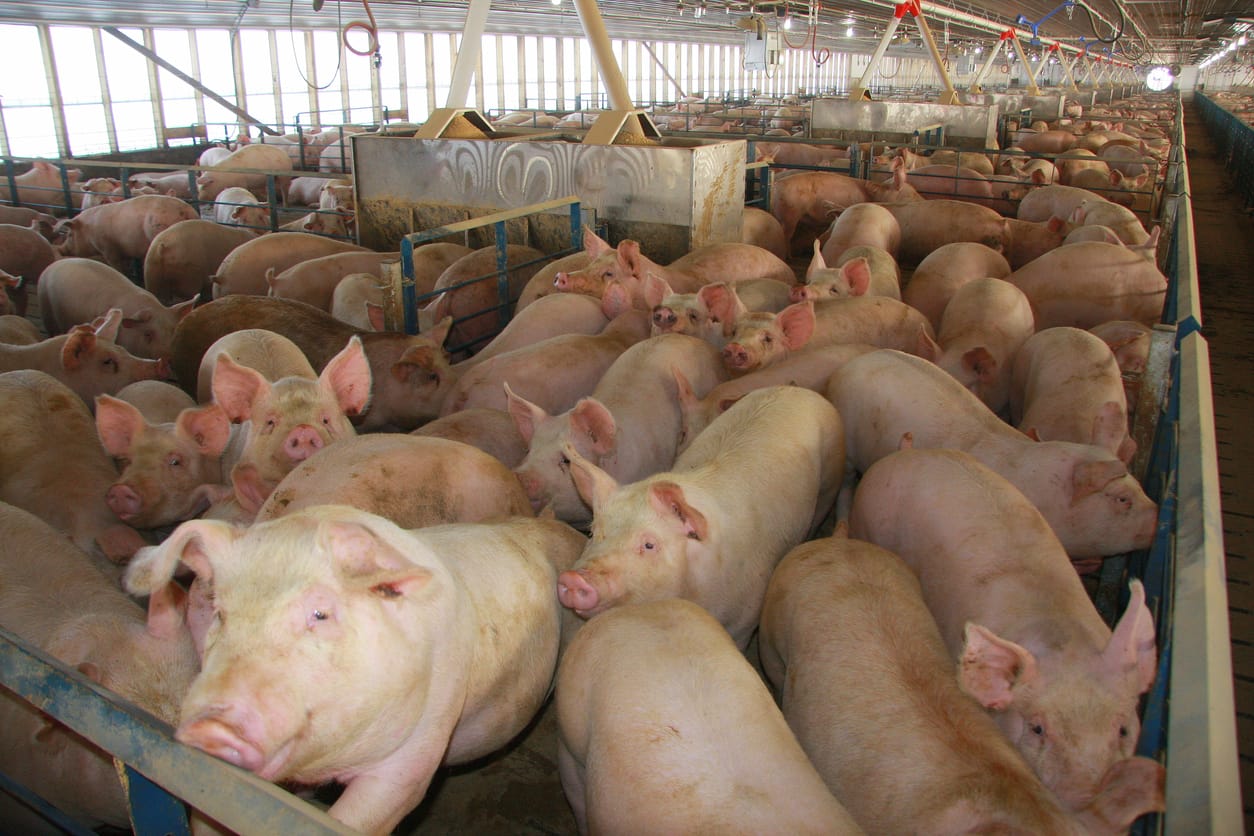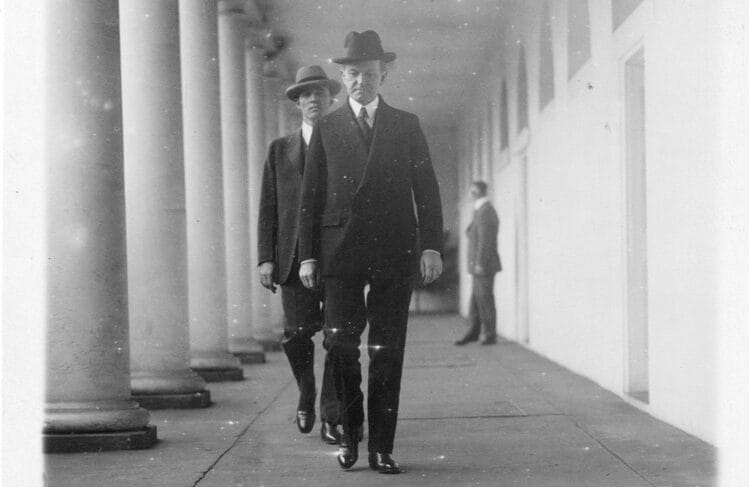The conservative reformer: Gov. Reynolds’ lasting legacy

This spring, Iowa Gov. Kim Reynolds announced she will not seek another term. Her time in office will be remembered as one of the most consequential in the state’s history. Reynolds has never apologized for her conservatism—even under sharp criticism. At a time when limited government is often more of a slogan than a practice, Reynolds has been the exception. Her style of leadership also reflects the values of President Calvin Coolidge.
Under Reynolds, Iowa has led the nation in conservative policy reforms. Fiscal policy has been a central focus of her administration.
“We reduced taxes—saving Iowans more than $24 billion over 10 years. No more tax on retirement income. No inheritance tax. And starting this month [January 2025], Iowans get to keep even more of the money they earn, with a 3.8% flat tax—a far cry from the 8.98% of six years ago,” Reynolds said. Iowa’s corporate tax rate, once the highest in the nation at 12%, has been reduced to 7.1% and will continue to decrease until it reaches a flat 5.5%.
Not only will Iowa have eliminated the progressive income tax, but it will also have reduced the top tax rate by almost 60 percent.
These reforms are grounded in conservative budgeting, which has prioritized spending control and government efficiency. The result: budget surpluses, full reserve accounts, and a Taxpayer Relief Fund with a $3.6 billion balance, which have made responsible tax cuts possible.
During her Condition of the State address, Reynolds launched Iowa’s DOGE task force, modeled after her efforts to reform state government. “I like to say that we were doing DOGE before DOGE was a thing…,” stated Governor Reynolds.
Before forming the task force, Reynolds had already secured passage of two major state government reform laws—the first significant restructuring of state operations in 40 years.
Former President Herbert Hoover once said that governments have the instinct of a vegetable—“they keep spreading and growing.” Gov. Kim Reynolds echoed that sentiment: “Like any large organization, government is marked by bureaucracy’s natural tendency to grow. If that growth isn’t constantly checked and rechanneled toward its core function, it quickly takes on a life of its own.”
This is why Reynolds made reforming government a priority. Fiscal conservatism is not just pro-growth tax reform, but even more importantly it must include limiting spending and reducing the size of government.
“When we started our alignment work in 2022, state operations hadn’t been reviewed in 40 years—and it showed,” Reynolds said. “Layers of bureaucracy had accumulated over decades, expanding government beyond its core function, keeping us from working effectively as one team, and hampering our service to Iowans. We were too big, too fractured, and too inefficient.”
Both government reform measures worked to limit government and make services more efficient. “We’ve transformed the way our State interacts with citizens, businesses, and entrepreneurs,” Reynolds explained. “We consolidated agencies (from 37 to 16), eliminated 1,200 burdensome regulations, remade legacy systems, centralized programs, and leveraged technology.” These reforms have already saved taxpayers $217 million, exceeding original projections just within the first 18 months.
Prior to the reform, Iowa had 256 boards and commissions, and now 83 have been eliminated and others have been consolidated. Technology and IT systems and platforms were also reformed and modernized.
Reynolds began the process by asking basic questions that all policymakers—local, state or federal—should be asking:
“What is the core mission of each agency? How is it funded? How is it staffed, and what does it own? Are the agency’s programs working? How does its structure compare to other states? Where is there duplication or misalignment? What can we cut?” she asked. These questions align with the principles of priority-based budgeting.
The growth [tax cuts] create helps, but you also have to keep spending in check.
Finally, Reynolds understands that conservative budgeting is at the heart of tax reform. “But it’s not enough just to cut taxes. You have to make them sustainable, especially if you want to keep bringing them down. The growth they create helps, but you also have to keep spending in check,” argues Reynolds. It’s a lesson many states—and certainly the federal government—have yet to learn.
Going into the 2026 legislative session, Gov. Reynolds is stating that property tax reform will be a priority. Across the nation, reforming property taxes appears to be the most difficult tax reform endeavor. Nevertheless, Reynolds argues that local governments must adopt the same fiscal discipline and pursue reform if they want to deliver property tax relief.
If the goal is tax relief, then spending must be addressed. Regardless of the tax, it is government spending that drives high taxation.
Whether it is fiscal policy, defending traditional values, or advancing policies that increase parental choice in education, Gov. Reynolds is an example of a Coolidge-style conservative.
John Hendrickson serves as policy director for Iowans for Tax Relief.



